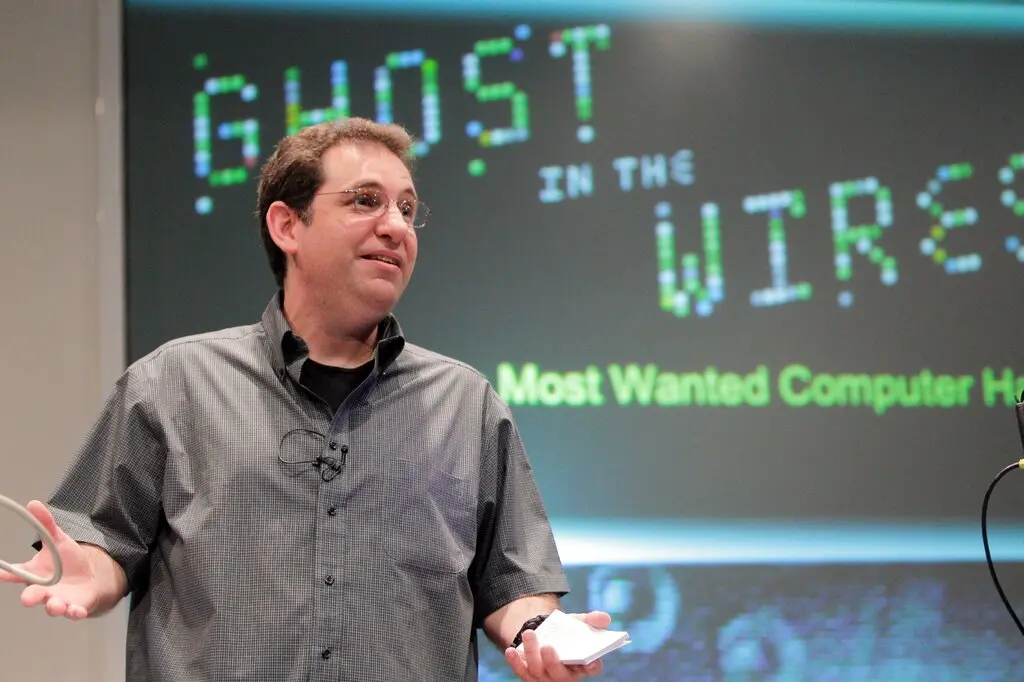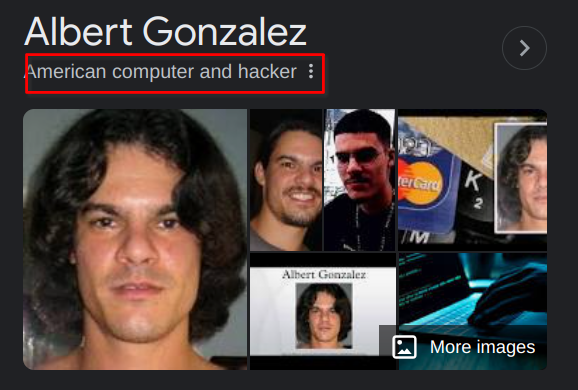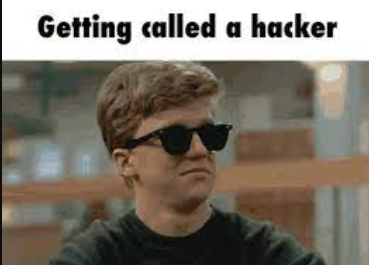When people hear the word “hacker,” they often envision an individual who wears a hoodie, resides in a dimly lit room, and types rapidly on a keyboard with green terminals displayed on five monitors. This person is attempting to transfer billions of dollars from Swiss banks.
Alternatively, there’s the hacker who works as a taxi driver, parking beneath the apartment of the girl he loves. He has already hacked all of her accounts but is introverted and unable to approach her. Then, the neighborhood’s troublemakers attempt to coerce her into joining their gang, but he miraculously thwarts them and saves her life by employing various social engineering and hacking techniques.
Showcase
📺 One of the most famous hacking shows is “Mr. Robot,” which revolves around a cybersecurity engineer named Elliot Alderson. He operates in the shadows, striving to dismantle the world’s largest company, E Corp, which he refers to as Evil Corp.
In Season 1, Episode 6, Elliot’s girlfriend, Shayla, is kidnapped by Vera’s brother to compel Elliot to hack Vera, the gang leader, out of prison before he meets his demise on the inside. Elliot visits Vera to assess the prison’s cyber system and later discovers that Vera’s brother orchestrated the internal hit. Elliot orchestrates Vera’s escape from jail. Many of you may wonder if such scenarios can occur in the real world. Are the hacks we often see in the media and the incredible actions they perform actually possible?
Before addressing this, let’s first understand what hacking is and who hackers really are.
Hacking and Hackers
🥷 By definition, “hacking is something that a system allows but which is unintended and unanticipated by its designers“. In simple words, is how to take unintended profit or advantage of a system (digital or real world), that the writer or the designer of the system doesn’t take it in consideration.
In another word, the hacking is not exclusive to be a harm behavior but indeed is using the flow of the system or the rules in a way that no one else think of to get the unintended results. It’s totally not against the rules, instate it’s a new look or way to think about them
Types of Hackers
White hat hackers are ethical hackers who use their skills for legitimate security purposes, while black hat hackers engage in malicious activities for personal or criminal gain.
White hat
White hat hackers, also known as ethical hackers, are individuals or security experts who use their hacking skills for lawful and constructive purposes. They are hired by organizations to identify vulnerabilities in their systems, networks, and applications. White hat hackers help improve security by proactively finding and fixing weaknesses before malicious hackers can exploit them.
Kevin Mitnick is a former notorious black hat hacker who later transformed into a white hat hacker and cybersecurity consultant. He gained infamy in the 1980s and 1990s for engaging in various high-profile hacking activities, including breaking into computer systems, stealing sensitive information, and exploiting vulnerabilities.
After serving time in prison for his hacking offenses, Mitnick decided to use his expertise for ethical purposes. He became a white hat hacker and cybersecurity expert, assisting organizations in identifying and addressing security vulnerabilities. He has also authored books on hacking and cybersecurity, sharing his knowledge and experiences. Kevin Mitnick’s transition from a black hat to a white hat hacker is considered one of the most notable transformations in the hacking community. He died peacefully on Sunday, July 16, 2023, after valiantly battling pancreatic cancer for more than a year.
Black hat
On the other hand, Black hat hackers are individuals who engage in hacking activities with malicious intent, typically for personal gain or causing harm. They may engage in cybercrimes such as stealing sensitive data, distributing malware, conducting ransomware attacks, or defacing websites. Their actions are illegal and unethical, and they can face legal consequences if caught. Black hat hackers often use their skills to exploit vulnerabilities for financial gain or to disrupt systems and networks.
Albert Gonzalez was a notorious black hat hacker responsible for the largest credit card theft in history. He masterminded cyberattacks on major retailers and financial institutions, resulting in millions of stolen credit card numbers.
Did you know that Google once described Albert Gonzalez as an ‘American computer and hacker’? Now, that’s the kind of job title that would definitely raise eyebrows at a career fair! You’re a computer, dear 🤣
Everyday Hacks
🖍️ So let’s take some example of hacks that you’ve probably happening in everyday life:
Some Schools have tried to restrict the ways students use school-provided computers, and students have responded by hacking them. They pass successful hacks around to their friends. After one district limited the websites students were allowed to visit, students realized that if they used a VPN, the restrictions couldn’t be detected or enforced. After another district blocked chat apps, the students figured out that they could chat using a shared Google Doc.
In sports, a coach might come up with a clever play or strategy that subverts the expected norms of the game and takes the opposing team by surprise. For example, a basketball coach designing a play that exploits a loophole in the rules to score an unexpected win.
Great Hacks
If we look in the recent history, will see a lot of greats hacks as example❗:
In 2011, an Australian bartender named Don Saunders figured out how to exploit an ATM glitch and obtain free money. Saunders was out drinking in his hometown of Wangaratta when he left the bar to get cash and discovered an ATM was allowing him to withdraw much more than his balance. Saunders realized he’d found a loophole and decided to exploit it.
For the next five months, Saunders kept up the scam and spent a total of $1.6 million on wild parties, luxurious hotels, fancy dinners, and sometimes giving money to friends for college tuition. He stopped making the transfers, and the bank realized what happened. Saunders told his VICE interview it was more than 10 months after apologizing to the bank before any legal action was taken.
Toolkit in Hacking
🧰 The idea that hacking is an art rather than a purely scientific endeavor is a perspective embraced by many within the cybersecurity and hacker communities. This viewpoint emphasizes the creative, intuitive, and often unconventional nature of hacking, as opposed to viewing it purely as a systematic science. If it were indeed the case, large companies would have discovered a method to replace cybersecurity professionals with automated tools or even AI.
“I found that in a lot of security, It’s not about running 20 tools and look what they tell you, it’s analyzing what that tool does and looking for what it doesn’t tell you.” Ippesc
The concept that hacking is not merely about having a set of tools at your disposal but also about how you observe and interpret the output, recognizing any deviations in application behavior, is a fundamental principle in the world of cybersecurity. This perspective underscores the importance of human intuition, vigilance, and critical thinking in identifying and addressing security threats effectively.








